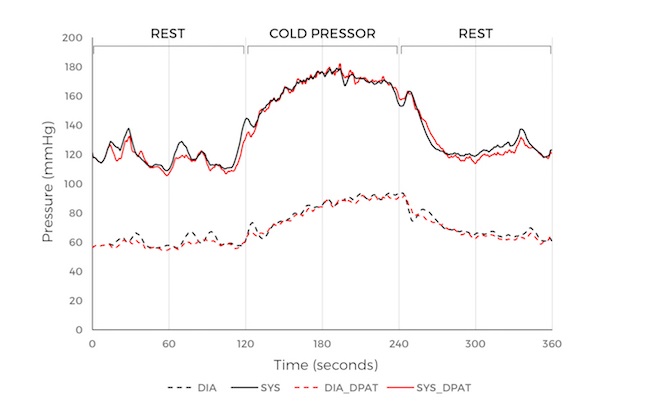Over the past year, we've seen a lot of activity on a variety of wearable devices and personal health/fitness equipment, and we expect more to happen in the future. These small devices are capable of tracking pulse and breathing, heart waveform, blood oxygen concentration (SpO2) and more.
However, in addition to the attention paid to these physically and mentally-friendly medical and fitness equipment, it is not necessary to model a larger field of vision in this field. Industry engineers, researchers, and scientists are working to combine advanced sensor types and technologies, as well as sophisticated analog and digital signal processing, to provide new insights into a variety of medical problems with low (or no) risk. Intrusion to achieve the goal. According to some recent reports, the recent prototyping product or test evaluation phase reveals the development of this technology integration. Whether it is a prestigious design competition or university research, it shows the characteristics and complexity of some of the design development.
For example, measuring blood pressure is often critical, and there are many fully automated units: they inflate the cuff, release pressure, capture the output signal from the cuff, and then use signal processing algorithms to acquire systolic and diastolic blood pressure. The desired result - this is not a simple task because of the range of pressure signals, non-electrical noise that cannot be avoided on the signal, and other distortions. In addition, you must pay attention to the continuous measurement of blood pressure without the need to stop, inflate and deflate, but this is very helpful for continuous monitoring.

This is exactly what Bold Diagnostics has overcome in the 'Create the Future 2016' competition and has therefore stood out as the winner of the competition. The company's continuous wearable sphygmomanometer design uses the Differential Pulse Arrival Time (DPAT) technique to take the pulse wave generated by the contraction of the heart to the left due to the fact that the anatomy of the aortic arc is inherently delayed. Arrive to the right arm before the arm.
The difference in arrival time is the blood pressure indicator (Figure 1). Compared to control measurements, this method is said to achieve a strong correlation of ±5 mm Hg between the DPAT method and the traditional blood pressure test test mode (Fig. 2).

Figure 1: DAPT uses the left and right arms to measure small differences in heart pulse arrival time as a function of pressure and the different distances traveled by blood from each path to another.

Figure 2: Controlled test results based on the DPAT method show considerable close to the contraction and diastolic readings using standard methods
Home Safety Full Wireless Series Product
Home Safety Monitoring Detector,Fire Monitoring Detector,Combined Electrical Detector,Safety Monitoring Detector
LIAONING YINGKOU TIANCHENG FIRE PROTECTION EQUIPMENT CO.,LTD , https://www.tcfiretech.com